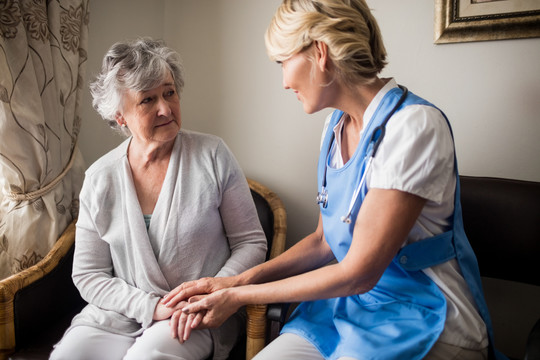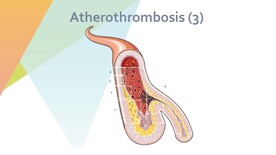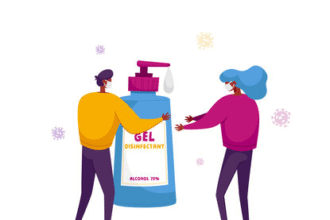Introduction
A leukemia diagnosis can feel overwhelming, but alongside medical treatment, simple daily practices can strengthen your body, protect your health, and support your mood. This guide weaves together expert advice from health professionals with practical tips you can use today.
1. Understanding Leukemia
Leukemia is a cancer of the blood-forming cells in the bone marrow. These immature cells, called “blasts,” multiply rapidly, crowding out healthy red cells, white cells, and platelets. As a result, you may experience:
– Anemia: fatigue and pale skin
– Bleeding or bruising: low platelets
– Frequent infections: low healthy white cells
Leukemia is classified by cell type and speed of progression (acute vs. chronic), but many of the self-care strategies apply across types.
2. Reducing Harmful Exposures
Certain environmental and chemical factors can weaken bone marrow function over time. While they don’t directly cause leukemia in most cases, avoiding them supports long-term blood health:
- Ionizing radiation: limit unnecessary X-rays or CT scans; always discuss imaging risks with your doctor.
- Benzene: found in some paints, solvents, and fuels—use protective gear or choose benzene-free products.
- Nitrosamines: limit processed meats; eat fresh foods when possible.
- Certain medications: if you take cytotoxic drugs (e.g., cyclophosphamide), ensure regular blood counts and marrow monitoring.
3. Nutrition and Hydration
A balanced diet fuels recovery and resilience:
- Aim for high-protein, high-calorie meals: eggs, lean meats, beans, nuts, dairy, and protein shakes.
- Choose soft, easy-to-digest foods (soups, smoothies, mashed veggies) when appetite is low.
- Avoid spicy or irritating foods to protect sore mouths and throats.
- Stay hydrated: drink 8–10 cups of water daily; add fruits and veggies for fiber and vitamins.
4. Medication Adherence and Follow-Up
Sticking to your treatment plan maximizes remission and long-term survival:
- Consolidation and maintenance therapies extend remission after initial chemo.
- Use a medication diary or phone alerts to track doses and appointments.
- Keep a folder of lab reports (blood counts, marrow exams) and review with your care team regularly.
5. Preventing Infection and Bleeding
With low immunity and platelets, minor scrapes or germs can escalate. Practice these daily habits:
- Hand hygiene: wash hands before meals, after using the restroom, and after public outings.
- Mouth care: inspect daily for ulcers; use a soft-bristled toothbrush and mild rinses. Avoid toothpicks.
- Nasal and eye care: apply gentle nasal saline or mild peppermint oil drops; use antibiotic eye ointment if advised.
- Skin protection: bathe in lukewarm water (around 37°C) to prevent vessel dilation and bleeding.
- Avoid crowds during peak flu/virus seasons; wear a mask if needed.
- Check for warning signs: fever, uncontrolled bleeding, or severe pain—call your doctor immediately.
6. Exercise and Rest Balance
Gentle movement enhances circulation and mood:
- Walking, tai chi, or gentle yoga keep muscles active without strain.
- Listen to your body: rest when you’re tired and build activity gradually.
- Quality sleep (7–9 hours) supports healing—establish a calming bedtime routine.
7. Emotional Well-Being and Support
Mental health is as crucial as physical health:
- Stay informed: understanding your condition reduces fear—ask your care team questions.
- Create a peaceful space: add favorite music, plants, or comforting decor at home.
- Engage in light chores: small tasks between treatments boost self-confidence.
- Seek connection: join support groups or counseling to share experiences and coping strategies.
8. Building Your Care Team
A strong network ensures you never face leukemia alone:
- Hematologist/Oncologist: guides treatment decisions.
- Nurse Coordinator: helps schedule appointments and manage side effects.
- Dietitian: tailors meal plans for energy and gut comfort.
- Social Worker/Counselor: links you to financial, emotional, and community resources.
- Patient Peers: real-life insights and encouragement from those with similar journeys.
9. When to Seek Help
Contact your care team if you notice:
- Fever over 38°C (100.4°F) or chills
- New or worsening bleeding (gums, nose, urine)
- Severe bone or joint pain
- Shortness of breath or chest pain
Keep emergency numbers handy and never hesitate to call for guidance.
Conclusion
Living with leukemia involves more than treatments—it’s about daily choices that empower you. By minimizing risks, nourishing your body, preventing complications, and nurturing your spirit, you can stride forward with resilience and hope.
Resources
- Leukemia & Lymphoma Society: https://www.lls.org
- American Cancer Society – Leukemia: https://www.cancer.org/cancer/leukemia.html
- National Cancer Institute: https://www.cancer.gov/types/leukemia







